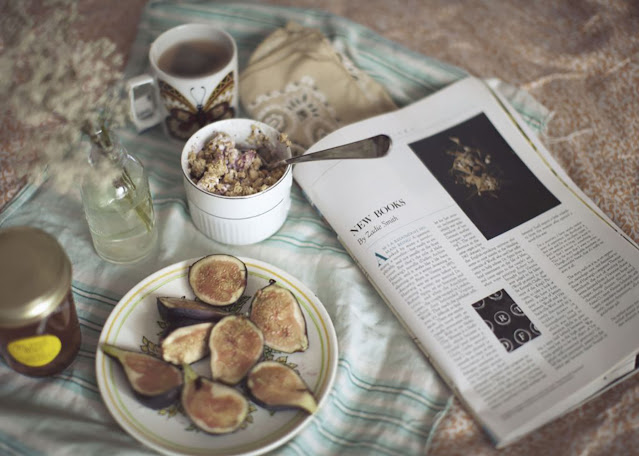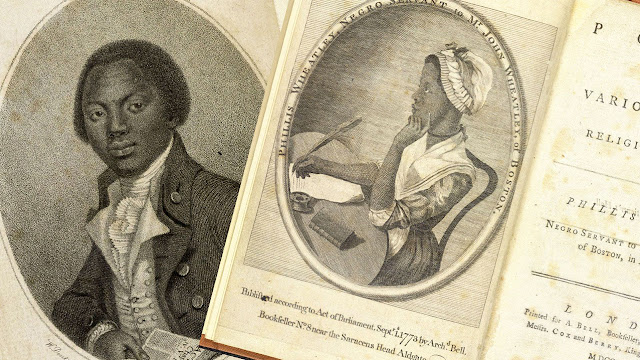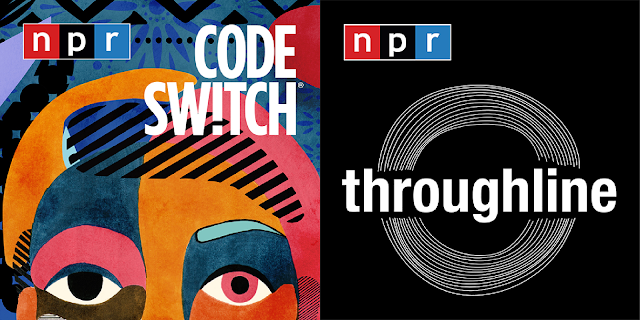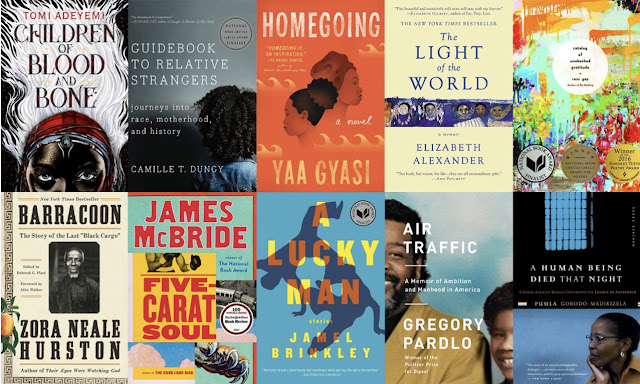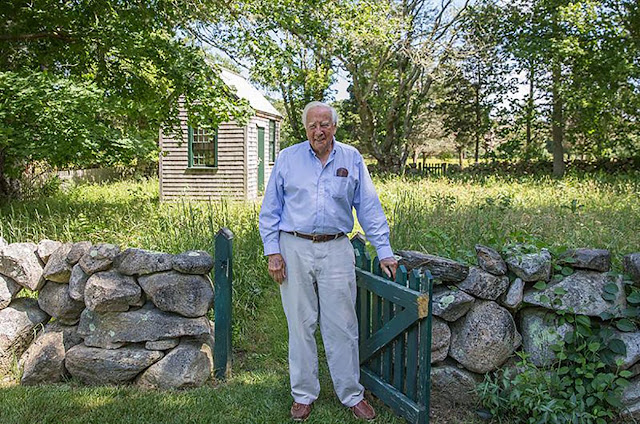By G. S. Norwood
I grew up in Missouri, so I know about snow. I’ve been caught in a blizzard, snowed in over Christmas, and endured a January with fresh snow storms every three days. I know how to deal with natural disasters like those. So did the public utility companies of my native state. But I live in Texas now, and last week I only barely managed to survive a not-so-natural disaster. I credit my Missouri smarts, but I blame the government infrastructure that totally failed Texas.
It’s Not Like We Weren’t Warned
Weather forecasters in Texas tend to panic at the mere thought of ice. They’d been telling us for weeks that we were due for a dance with the Polar Vortex. We knew it was coming. Like any sensible person, I prepped my house, draining hoses and changing furnace filters. I stocked up on things like toilet paper and pet food. The Polar Vortex could bring it.
On Friday, February 12, I picked up my grocery order for the week, full of sandwich stuff and the ingredients for a big batch of chili. There had been a 133-car pileup to the west, in Fort Worth, that morning. Six people had died on an iced-over freeway ramp. We all shook our heads in dismay, but the roads were clear in my city. A few tiny flecks of very dry snow were starting to fall, and it was getting colder, but I was okay.
 |
| The debacle on I-35W near Fort Worth, TX. (Lawrence Jenkins / Special Contributor / via The Dallas Morning News) |
The snow started in earnest on Saturday. I like snow, and I was indoors, warm and well-fed. My dogs wanted to go out and play. The cats wanted to sleep. My biggest concern was for the birds; I didn’t want my bird feeder to run out of safflower seed.
A Not-So-Natural Disaster
By Sunday morning the snow was about four inches deep, including in my driveway and street. A rabbit had hopped across my front lawn sometime overnight. The morning paper warned of possible “rolling blackouts” to protect the electrical grid from strain over excessive demand. The Electric Reliability Council of Texas (ERCOT) promised these blackouts would last fifteen to 45 minutes each and be no big deal.
They lied. ERCOT and local energy providers had run cost/benefit analyses on winterizing the grid the way the rest of the country has done, and decided they’d rather save money than lives. That decision created a not-so-natural disaster.

The ERCOT control room looks a lot more advanced than its grid turned out to be. (@ERCOT_ISO / Twitter, via E&E News)
Timeline for a Not-So-Natural Disaster
On Monday, at 2:00 am, my power went out for the first time. It was out for about 30 minutes. We’d never had rolling blackouts back in Missouri, but if that was what they were like, I figured I could handle them.
At 3:30 am the power went off again. At 4:00 am, I woke up because the house was getting really cold.
That blackout lasted for eight hours. The indoor temperature got down to 40 degrees (F). I could see my breath. My house is all electric, so I couldn’t cook food, make tea, or shower. I had no light and, although I have a fireplace, I had no wood to burn in it. The internet was gone, but my phone was charged. Our local news kept repeating ERCOT’s lie about the 15 to 45-minute rolling blackouts. They recommended we drink hot beverages to stay warm, assuming everybody had a gas stove.
 |
| One deeply unpopular energy-saving strategy utilized partial blackouts like this one in Dallas. (Brandon Wade, via The Dallas Morning News) |
Dark Night of the Soul
On Monday afternoon my power came back on for a couple of hours. I hurried to cook a serious meal and make myself hot tea. Every device went on a charger, while I closed off rooms and left drips on all my faucets to keep my pipes from freezing and breaking. Then the lights went off again.
Oncor, my local electric company, admitted that the rolling blackouts might last up to an hour. They told us to only make a report if the power was out for more than 60 minutes. I took grim satisfaction in reporting every hour on the hour as my power outage stretched into the evening.
Temperatures continued to drop, headed for a low of 2 degrees overnight. A friend reported it was 34 degrees in her kitchen. Around 9:00 pm an ambulance took away my next-door neighbor, an eighty-year-old stroke survivor.
I woke at 1:30 am on Tuesday. Fully dressed, buried in blankets, wrapped in jackets and coats and gloves, I was still cold. Wool boot socks did not keep my toes warm, even under the covers. I know about hypothermia, so when I began to shiver, I knew I was in trouble. I wanted to cry, but I didn’t want to get out of bed to find the tissues so I could blow my nose.
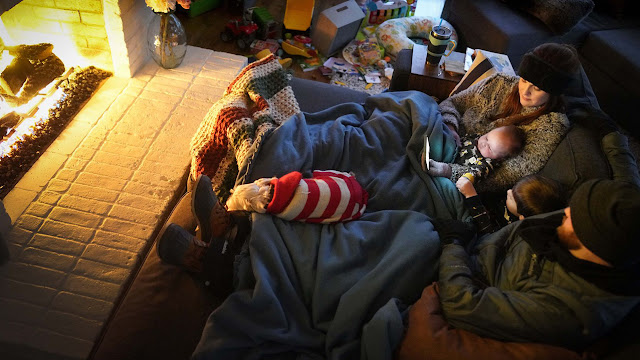 |
| Weathering ERCOT’s blackouts challenged many families in Texas. The Bryant family cuddled by the fireplace in a pile of blankets with their kids and the family dog (wearing two doggie sweaters), in their home in Garland. (Smiley N. Pool, via The Dallas Morning News) |
What’s A Woman to Do?
Frightened for my safety, alone except for my animals, I thought about calling 911. But what would I ask them to do? I didn’t need hospitalization, and my city hadn’t opened any warming centers. Who should I call? A mental health line?
Oncor got another outage report from me, and then I did what any pissed-off American citizen should do in such circumstances. Hunched over my tiny phone screen, I pounded out an angry e-mail to my state representative, demanding he introduce legislation to mandate modernization throughout the Texas electrical grid. Another angry screed went to ERCOT, pointing out what utter failures they were. Invoking images of frozen grannies, clutching their paid-up electric bills, I also referenced of frozen nuts. I didn’t mean pecans.
Then I burrowed deeper under my covers and resigned myself to the cold and the dark. I had my rage to keep me warm.
 |
| Editorial Cartoon by Nick Anderson / Tribune Content Agency via Cleveland.com |
A New Day
When I woke up Tuesday morning, I discovered I hadn’t been the only angry emailer, tweeter, or caller to communicate with our representatives overnight. Some mayor out in West Texas got so tired of the calls he told everybody the government owed them nothing. He quickly became an ex-mayor. Our United States Senator decided to fly to Cancun, where it was warm. The response he got from his constituents was even hotter.
But Texas’ let-business-regulate-itself governor actually called for new legislation to regulate ERCOT. It seemed like everybody (who didn’t fly to Cancun) agreed: this was a not-so-natural disaster, and we wanted those responsible to pay.
By Tuesday night—Oh! Look! Actual rolling blackouts began to happen. They were more like two hours on; six hours off, but they were sort of predictable, and cycled more quickly through the night. On Wednesday, around noon, my power came back on and has stayed on ever since. By Saturday, February 20, a solid week after things began to go bad, the temps in my part of Texas popped up into the 40s, and the snow melted away.
 |
| A frosty morning in Texas from an “ITAP” (I took a picture) thread on Reddit. (Alyssa J. Perez) |
Fallout
It will take a while to get back to normal. The New York Times reports at least 58 people died as a result of this not-so-natural disaster. The Dallas Morning News reported that broken pipes and cold-related damage will cost insurance companies more than Hurricane Harvey did back in 2017. Politicians have called for investigations. People have called plumbers and lawyers, and started to look for someone to sue.
Me? I’m just happy I survived. I am safe and warm, and my house is undamaged. For just this quiet moment of time, that’s good enough for me.
IMAGE CREDITS
Many thanks to The Dallas Morning News for three of the photos in this post! First, for the "Debacle on I-35W," with extra thanks to photographer Lawrence Jenkins. Second, for the "Partial Blackout in Downtown Dallas," with a tip of the hat to photographer Brandon Wade. And thirdly for the "Family Survival Cuddle," with gratitude to staff photographer Smiley N. Pool. The "ERCOT Control Room" photo is from ERCOT itself (on Twitter), via E&E News. We offer our deepest gratitude to Nick Anderson and Tribune Content Agency for the "Kool-Aid is Frozen" cartoon, via Cleveland.com. And we also appreciate the "Frosty Texas Morning" photo by Alyssa J. Perez, via an "I Took A Picture" thread on Reddit. We appreciate all of you!
G.'s Housemates:
For posts about the other living things that share G.'s home, you might enjoy "The Snow Witch Sisters" and "How Does Your Garden Grow?" about her gardens (we hope they survived), "The Texas Pack," about her dogs, or "Cats in Space?" and "The Universe Gives Me a Cat," about . . . we bet you can guess!
